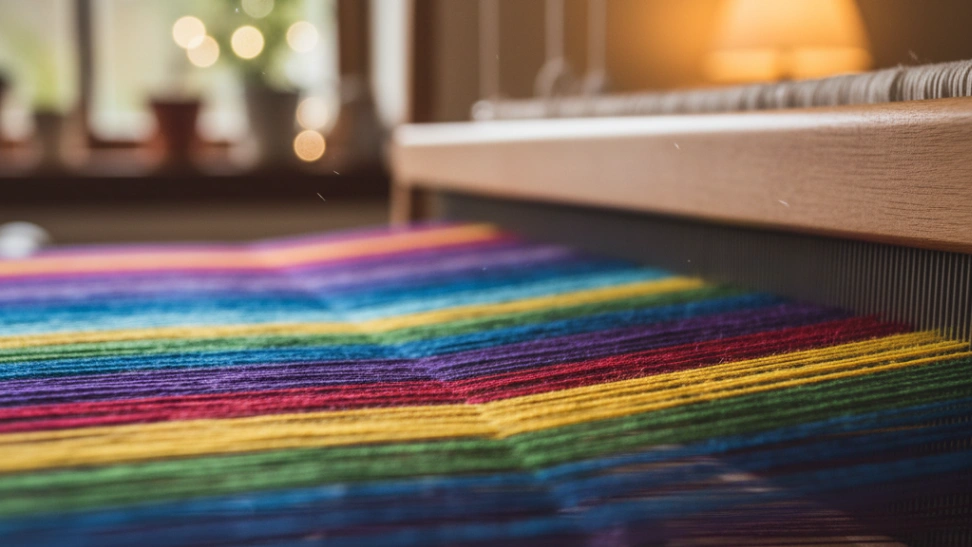Is This Hobby For You?
Ideal for patient individuals who enjoy intricate handwork, creative expression, and the satisfaction of creating functional or artistic textiles.
Why You'll Love It
- Deeply meditative and relaxing, offering a mindful escape and reducing stress.
- Allows for immense creative expression through fiber choices, color palettes, and pattern design.
- Produces beautiful, tangible items that can be functional, decorative, or unique gifts.
Good to Know Before You Start
- Can be an expensive hobby, especially when investing in larger, more advanced looms.
- Requires significant patience and meticulous attention to detail, which may not suit everyone.
- Can be space-intensive, as looms, especially floor models, can take up considerable room.
Hobby Traits
How the community rates this hobby.
Getting Started: The Essentials
The basic requirements to begin your journey with Weaving.
Startup Cost
$300
Community-voted average
Ongoing Cost
Low
Monthly upkeep estimate
Essential Gear
Loom
The fundamental frame or machine used to hold the warp threads under tension, allowing the weft to be interlaced.
Warp Yarn
The lengthwise threads that form the structural foundation of the woven fabric, held taut on the loom.
Weft Yarn
The crosswise threads that are interlaced through the warp, creating the fabric and its pattern.
Shuttle
A tool used to carry the weft yarn through the warp threads, simplifying the weaving process.
Learning Curve
Overall Difficulty: Easy
Associated Skills
Skills you can expect to develop while pursuing this hobby.
A Closer Look at the Traits
Moderately Mental
Primarily a mental activity, but may have some light physical components.
Very Calm
A deeply relaxing and meditative activity with minimal physical effort.
Fairly Practical
You learn a useful skill, but the process is also a major part of the enjoyment.
Purely Indoors
Best enjoyed in the comfort of your own home or a dedicated indoor space.
Purely Creative
A highly creative and expressive outlet for your imagination and artistic side.
Mostly Solo
Primarily a solitary activity, but with communities available to share your results.
Frequently Asked Questions
Hobby Traits
How the community rates this hobby.



